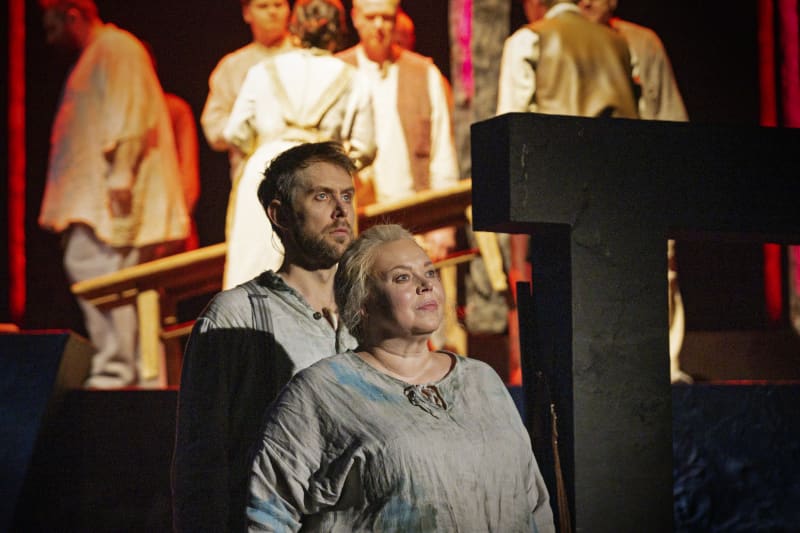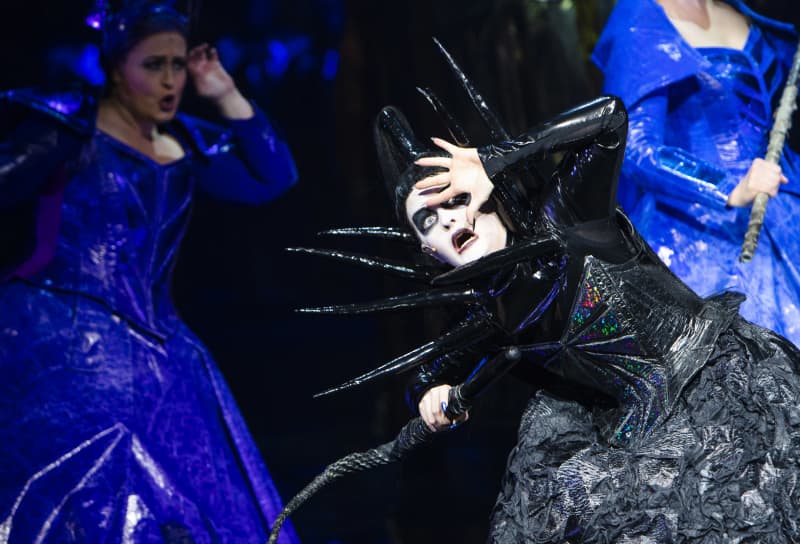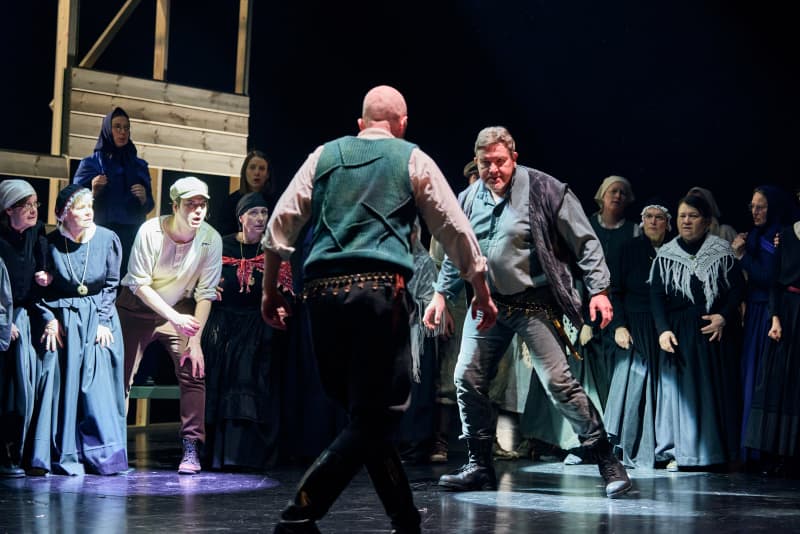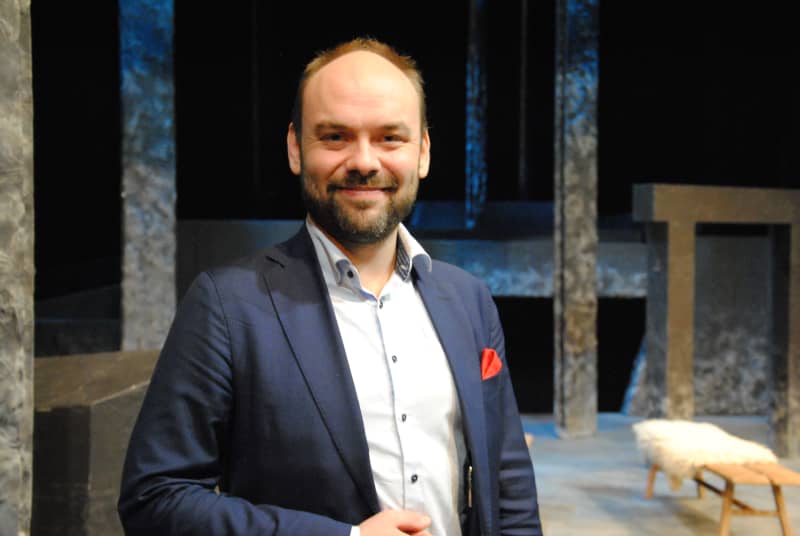
A small opera association in Turku managed a major production by joining forces with the City Theatre and Orchestra. The National Opera is the only tax-supported opera house in Finland.
During January and February, there will be an exceptionally large number of opera performances in different parts of Finland.
The truth is that, despite the great offerings of the early part of the year, individual productions are always risky investments.

– Geographically, Finland has had a pretty strong Helsinki-centric opera scene. Perhaps we could have more opera elsewhere,” he says.
For example, there are between five and six opera houses in Sweden, depending on the way of counting. In Germany, the great country of musical art, on the other hand, there are more than eighty of them. Matvejeff points out that this means one opera house per million inhabitants.
New grant encourages cooperation
It is unlikely that dozens of opera houses will suddenly be built in Finland. The key question is how to direct public support to opera outside the capital region. Should tax money be directed to opera productions performed elsewhere in addition to the Finnish National Opera? The state finances the National Opera with approximately 40 million euros per year.
Matvejeff reminds that Finland has an excellent and comprehensive network of cultural institutions. Almost every larger city has a city theater and orchestra, among other things.

– I would see that under the current circumstances, the most suitable way to make an opera is exactly what is being done in Turku. A collaboration between the city theater and orchestra, where local opera expertise is used.
Strong, regular cooperation would stabilize operations and balance financial risk. At the same time, tax money would end up behind opera productions, as city theaters and orchestras are institutions supported by both cities and the state.
Currently, small opera groups finance productions on a hand-to-mouth basis. The realization of the production may depend on individual grant decisions, which are tense for a very long time in relation to how much time is needed to prepare the productions.
– Even at the Savonlinna Opera Festival, the share of public support is only a little over ten percent. It is surprising to many to know that the festival operates with a pretty big ticket risk year after year. With small opera groups, the reality is of course the same, says Matvejeff.
In the theatre you can make a spectacle of yourself
Making a big opera production somewhere other than the opera house requires creativity and sometimes also compromises. The *red line* is a great example of that.
In Turku, the orchestra plays instead of the orchestra monto, protected by a curtain at the back of the stage. The soloists can see the conductor from the screens placed above the audience. The theater’s dry acoustics are improved electronically.

The makers assure that quality has not had to be compromised due to exceptional solutions.
– A week before the premiere, the piece sounds excellent in terms of sound, Kouki is happy.
– In Finland, there are not unlimited spaces where opera can be performed. In Turku, the city theater offers a large enough setting, and the sound technicians can make the room sound. You can make a great spectacle here, says Matvejeff.
Ticket sales are hot
A large part of the tickets for productions spread across Finland have been sold. Almost 90 percent of the tickets for *Red Line* have already been sold, which is why the production opened an extra show for sale under the premiere. The remaining performances of Oulu’s *Magic Flute* are fully booked and Opera Box’s *Lempää lihöiö* is almost sold out. In the name of fairness, it should be mentioned that the National Opera’s *Turandot*, which premieres this week, is practically sold out.

Strong demand all over Finland encourages the parties to plan future milestones. The last time a big opera production was seen in the Turku City Theater was twenty years ago. You hardly have to wait as long for the next one, says Mikko Kouki.
– Little by little we have already started talking about what to do next and when, but no decisions have been made yet, Kouki says.
*What kind of thoughts did the story evoke? You can discuss it until 23:00 on January 27.*
